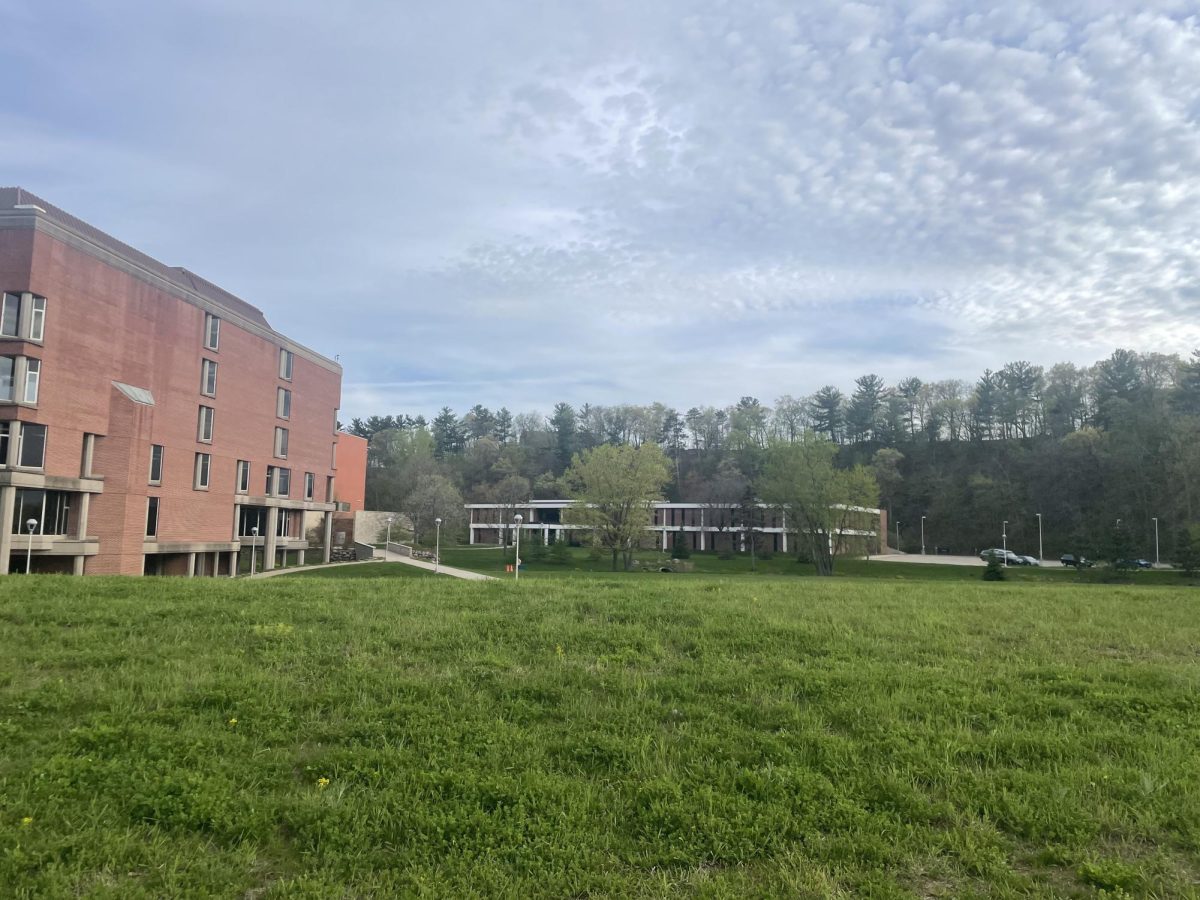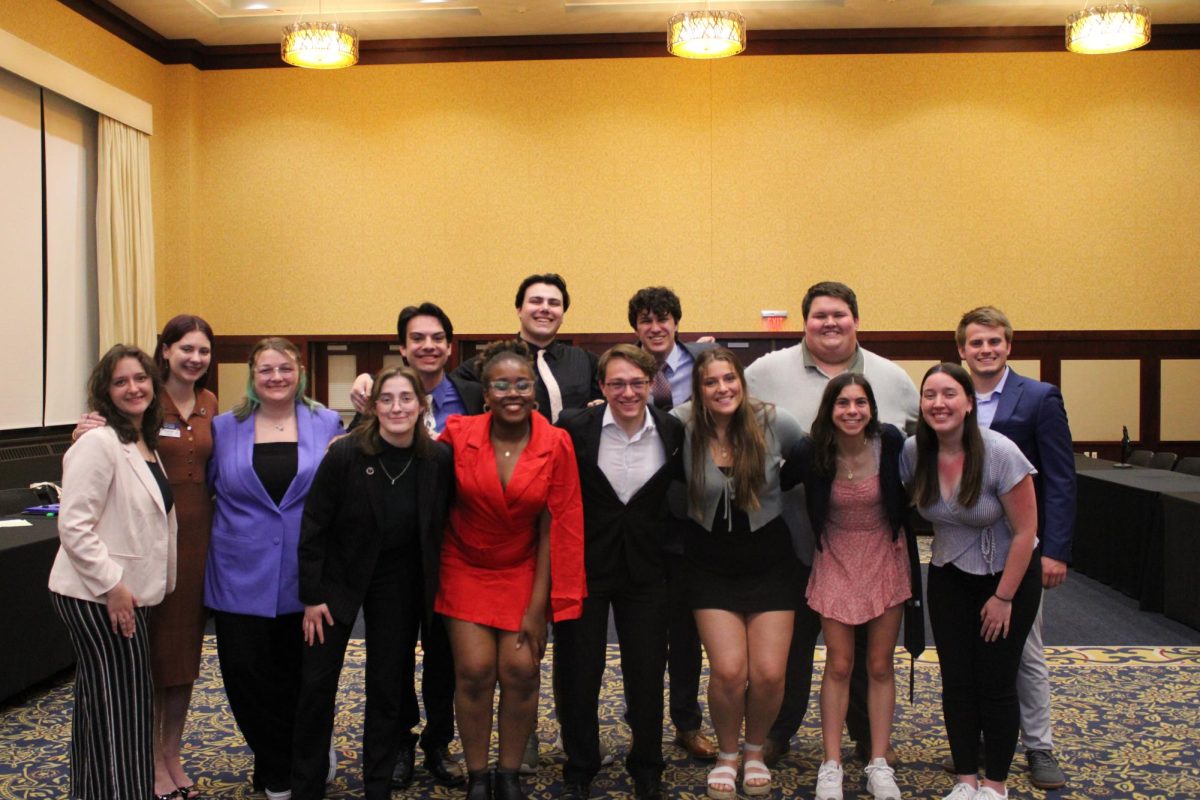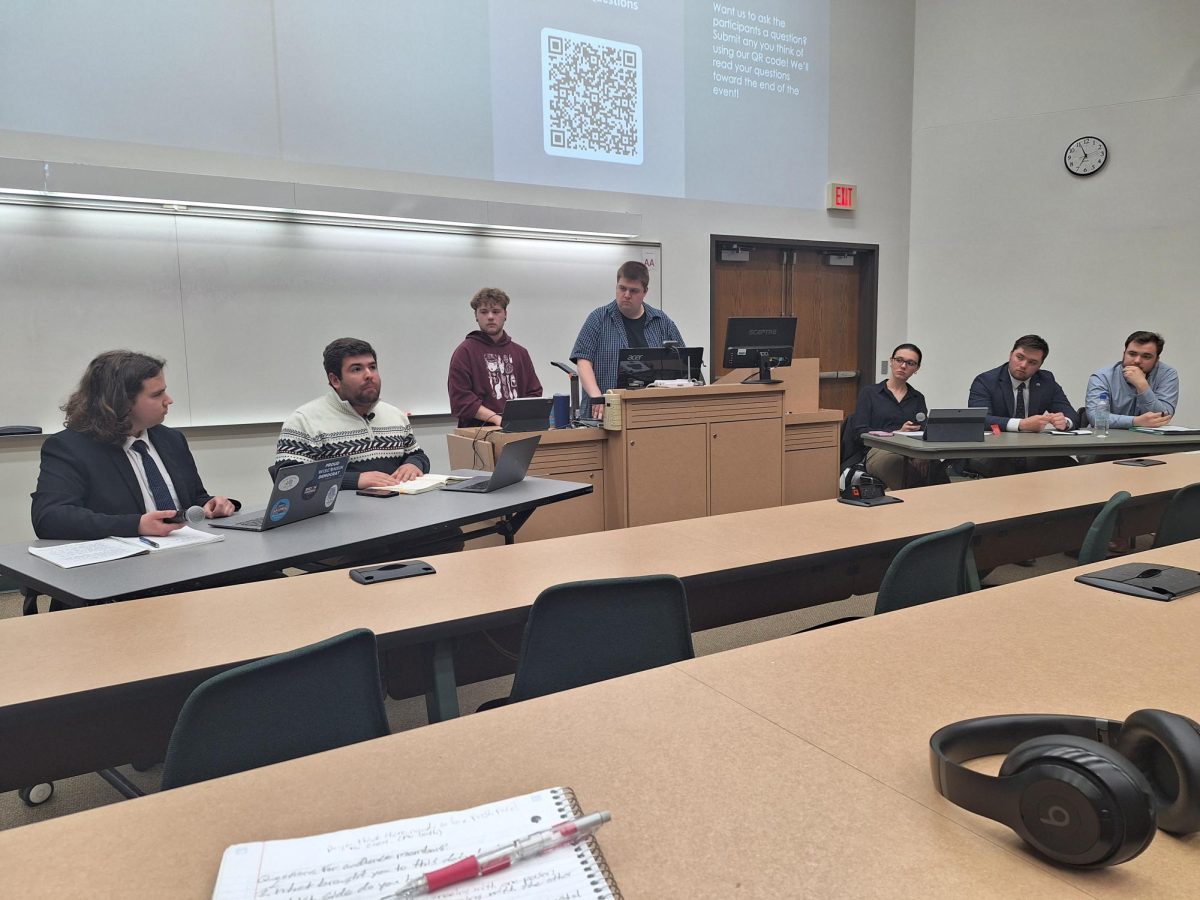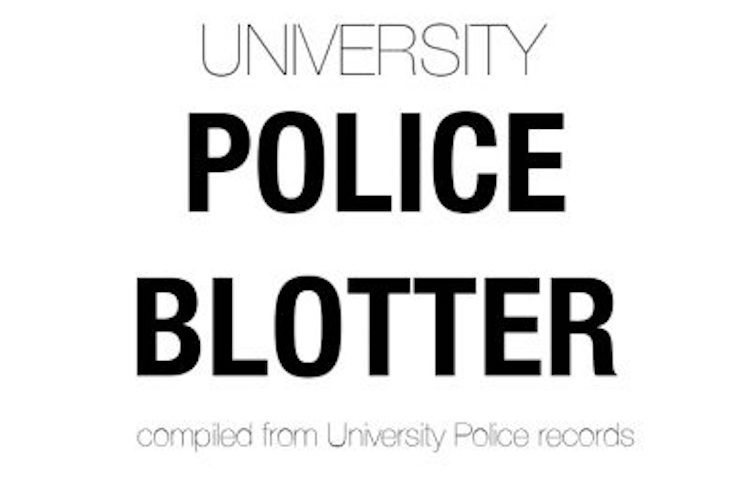 Chris Kemp
Chris KempThe audience gasped when National Geographic photographer Jodi Cobb’s images of beauty pageant girls appeared on the screen.
These girls, ranging from only a few years old to about nine years old, had glamorous hairstyles and outfits that cost thousands of dollars, Cobb said.
One photo in particular was of a girl covered in make-up with an elaborate hairstyle while still in diapers, which made senior Nicole Jaeckel take notice.
“I thought it was really powerful,” she said.
The theme of oppression involving women and children was apparent throughout Cobb’s presentation through her images of modern slavery, the women of Saudi Arabia and Japanese Geisha girls.
Slavery in the 21st century was the most emotionally challenging assignment, which took about 10 months to complete, Cobb said.
National Geographic received its greatest response in its 118 years of publication to those images, Cobb said, and not just from people who liked the photos, but from people who wanted to help.
Cobb came across the idea while on another assignment in Saudi Arabia. At the King’s camel race, she wondered about the boys riding the camels and later found out they were slaves, originally from other countries.
Cobb said 27 million people in the world, including children, live as slaves.
She shared her experiences in India, and how she found three children working in a loom shop with the owner asleep nearby.
Afraid the man might soon wake up to find her snapping pictures of his slave labor, Cobb carefully shot frame after frame. The man never did, and she walked away with several rolls of film.
Steve Terwilliger, chair of the Art Department who introduced Cobb at the Forum, said the Geisha series was the most exquisite group of photos she showed.
This series followed the lives of some of the “true” Geisha left in Japan. The number of Geisha used to be much greater, Cobb said, but today there are only about 700 left.
In Japanese, Geisha means art, which these women represent. They are seen by their culture as being the epitome of beauty and living works of art, she said.
Her photographs showed the aspects of life as a Geisha, from being in full costume at a party, to reading their horoscopes out of a magazine before the evening begins.
Cobb’s images not only are pieces of artwork, but they are documentary as well. Not only do her photos make good stories, she said, they also provide evidence.
Terwilliger agreed with Cobb’s ability to fulfill multiple roles in her photography.
“The eye and the issue,” he said. “She’s nailed them both.”






